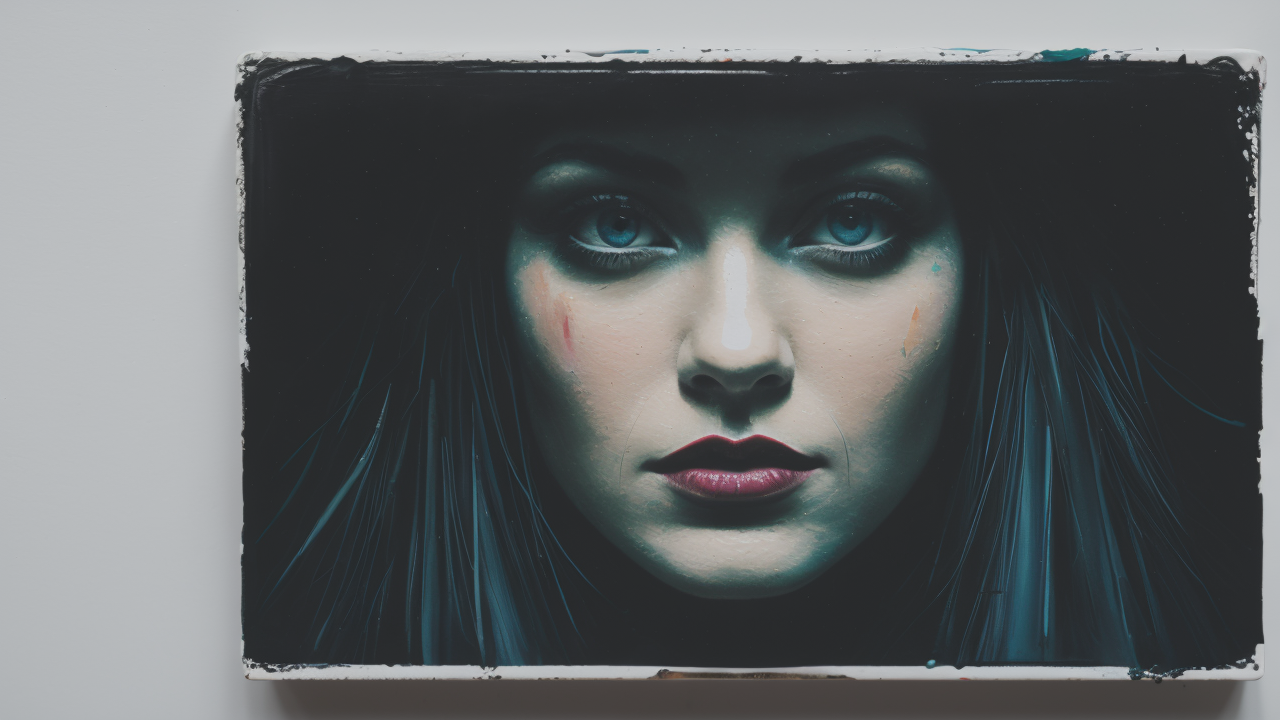
Mastering Colorful Oil Painting: Expert Techniques for Vibrant Artpieces
The Fundamentals of Oil Painting
Understanding the Medium
Oil painting is a versatile and beloved art form. It uses pigments mixed with drying oils as a binder. This medium offers rich colors and slow drying times. These features allow artists to blend and layer paint easily.

Oil paints come in tubes or jars. They have a thick, buttery texture. Artists can thin them with solvents or mediums. This changes how the paint flows and dries. Oil paints dry through oxidation, not evaporation.
The slow drying time of oils is both a pro and a con. It lets artists work on their pieces for longer. But it also means paintings take more time to finish. Proper ventilation is crucial when using oils due to fumes from solvents.
Key Tools for Oil Painting
To start oil painting, you'll need some essential tools:
- Brushes: Various sizes and shapes for different effects
- Palette: For mixing colors
- Palette knives: For mixing and applying paint
- Easel: To hold your canvas
- Solvents: To thin paint and clean brushes
- Mediums: To alter paint consistency
- Rags or paper towels: For cleaning and blending
Choose high-quality brushes for better control. Natural hair brushes work well with oils. Synthetic brushes are good for detailed work. A glass or wooden palette is best for mixing colors.
Palette knives come in different shapes. They're great for mixing and creating texture. An adjustable easel helps you work at different angles. Always work in a well-ventilated area when using solvents.
Preparing Your Canvas
Proper canvas preparation is crucial for oil painting. It affects how your paint adheres and how long your artwork lasts. Here's a basic process:
- Choose your surface: Canvas, wood, or panel
- Apply gesso: This creates a smooth, absorbent surface
- Sand between layers: For an extra-smooth finish
- Prime with a base color: Optional, but can enhance your painting
Stretch your canvas if you're using loose fabric. Pre-stretched canvases are also available. Apply at least two coats of gesso, sanding lightly between each. Let it dry completely before painting.
You can tint your gesso for a colored ground. This can add depth to your painting. Some artists sketch their composition directly on the primed canvas. Others prefer to start with a tonal underpainting.
Advanced Techniques for Colorful Oil Painting
Achieving Vibrant Colors
Creating vibrant colors in oil painting requires skill and knowledge. Here are some tips:

- Use high-quality paints: They have more pigment
- Understand color theory: Know how colors interact
- Mix colors carefully: Avoid over-mixing, which can dull colors
- Use complementary colors: They make each other appear more vibrant
- Apply paint in layers: Build up color gradually
- Use white sparingly: It can make colors chalky
Start with pure colors straight from the tube for maximum vibrancy. Add white or black only when necessary. Experiment with glazing techniques to create luminous effects.
Remember, the order of layering affects the final color. Transparent colors over opaque ones create depth. Opaque colors can completely cover underlying layers. Practice mixing to achieve the exact hues you want.
Blending Techniques for Smooth Transitions
Smooth color transitions are a hallmark of skilled oil painting. Here are some blending techniques:
- Wet-on-wet: Blend colors while both are still wet
- Dry brush: Use a mostly dry brush to soften edges
- Sfumato: Create a smoky effect with subtle gradations
- Glazing: Apply thin, transparent layers of color
- Scumbling: Lightly drag a dry brush over dry paint
Wet-on-wet blending works best for soft, atmospheric effects. Use it for skies or skin tones. Dry brush technique is great for adding texture or softening hard edges.
Sfumato, famously used by Leonardo da Vinci, creates a dreamy look. Glazing can add depth and luminosity to your paintings. Scumbling is useful for creating texture or adjusting tones.
Creating Texture and Impasto
Texture adds visual interest and depth to oil paintings. Impasto is a technique where paint is laid on thickly. Here's how to create texture:
- Use palette knives: Great for bold, textured strokes
- Apply paint with unconventional tools: Sponges, cloth, etc.
- Build up layers: Add thickness gradually
- Mix in mediums: Gels or pastes can increase body
- Scrape or scratch: Remove paint to reveal underlayers
Impasto can create a 3D effect, catching light in interesting ways. It's often used for highlights or to emphasize certain areas. Van Gogh was famous for his impasto technique.
Experiment with different tools to create unique textures. Let each layer dry before adding more. This prevents cracking. Remember, thick paint takes longer to dry. Plan your painting process accordingly.
The Business of Oil Painting in the United States
Navigating the Art Market
The U.S. art market is diverse and competitive. Here's how to navigate it:

- Research your market: Know your potential buyers
- Build an online presence: Use social media and a website
- Network: Attend art events and join artist groups
- Price your work fairly: Consider time, materials, and skill
- Consider galleries: They can help reach a wider audience
- Explore online platforms: Many artists sell through sites like Etsy
Understanding your target audience is key. Are you aiming for collectors, interior designers, or casual buyers? Tailor your marketing accordingly. A strong online presence is crucial in today's digital age.
Networking can lead to valuable opportunities. Don't undervalue your work, but be realistic about pricing. Galleries take a commission but can provide exposure and credibility. Online platforms offer a low-cost way to start selling.
The Role of Oil Painting in Contemporary American Art
Oil painting remains relevant in contemporary American art. It bridges traditional and modern styles. Many artists use oils to explore current themes and techniques.
Contemporary oil painters often blend realism with abstraction. Some incorporate mixed media or digital elements. Others use oils to comment on social or political issues.
The enduring appeal of oils lies in their versatility and richness. They allow for both precise detail and expressive brushwork. Many collectors still value the timeless quality of oil paintings.
Art schools continue to teach oil painting techniques. This ensures the medium's ongoing evolution. Contemporary artists push the boundaries of what's possible with oils.
Tips for Oil Painters Seeking Professional Success
Success as a professional oil painter requires more than just artistic skill. Here are some tips:
- Develop a unique style: Stand out from the crowd
- Create a body of work: Have a consistent portfolio
- Enter art competitions: Gain recognition and exposure
- Teach workshops: Share your skills and earn income
- Collaborate with other artists: Expand your network
- Keep learning: Stay updated on trends and techniques
Consistency in style helps build your brand. A strong portfolio showcases your best work. Art competitions can lead to valuable exposure and credentials.
Teaching can supplement your income and establish you as an expert. Collaborations can inspire new ideas and reach new audiences. Never stop learning and experimenting with your craft.
Remember, success often comes slowly in the art world. Persistence and passion are key. Keep creating, keep improving, and keep putting your work out there. With time and effort, you can build a rewarding career in oil painting.


